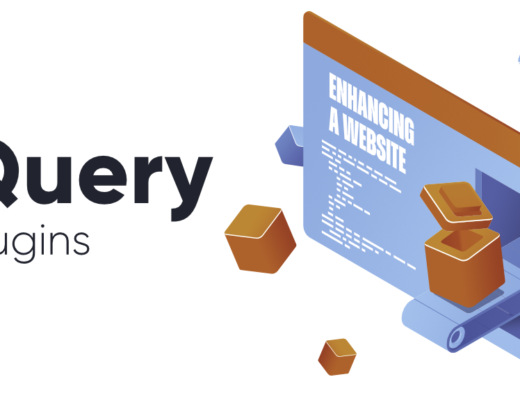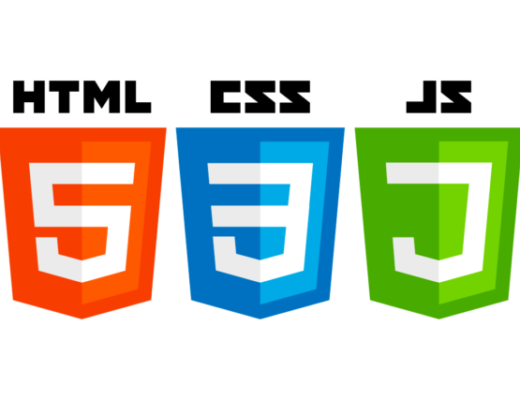
If you are a front-end developer, you will undoubtedly know the importance of jQuery. jQuery is the most used JavaScript framework globally, and over 70% of sites on the internet use it. jQuery is lightweight, and you can use different jQuery plugins to enhance the functionality of your site.
So what are the benefits of using jQuery? Which are the best jQuery plugins for front-end development? If you are a front-end developer and want to know more about the best jQuery plugins, you have landed on the right page. This guide will help you find the best jQuery plugins that will help you enhance your site’s functionality.
Benefits of using jQuery
Here are the benefits of using jQuery:
- Lots of information and resources
- Easy o learn with shorter codes
- Cross-browser compatibility
- Open-source library
- Create animations and effects without breaking a sweat
- Faster page load time
- SEO-friendly
- Lots of plugins
Best jQuery plugins for front-end development
Here is a list of the best jQuery plugins for front-end development:
anoFlow
anoFlow is a responsive and lightweight gallery plugin for jQuery. It features a responsive lightbox gallery that comes with an integrated image preloader. Additionally, it supports captions, multiple configurations, keyboard arrows, and mobile development. It is one of the best free plugins for commercial and personal use.
Simple jQuery Slider
The Simple jQuery Slider plugin is a lightweight and easy-to-configure plugin for your website. You can easily configure this slider as per your needs and bind it to your HTML element. Additionally, it comes with a tracker and multiple triggers, which are also configurable.
bxSlider
If you want a responsive and easy to configure image slider on your website, the bxSlider jQuery plugin is worth considering. This plugin offers various controls to developers, including different transition slides and caption support. You can also use this plugin for video slides.
nanoGallery
nanoGallery comes with a responsive image gallery and is touch-enabled. You can choose between cascading, grid layout, or justified images and pull images from a personal collection or other online sources. Additionally, the plugin allows you to organize your pictures and supports multi-level navigation.
Owl Carousel
If you want to implement a responsive carousel slider on your website, the Owl Carousel jQuery plugin is worth considering. Apart from being fully customizable, it is touch-enabled and supports multiple browsers. Additionally, it allows you to detach or create plugins as per your requirements.
pagePiling.js
Managing the layout section of your website can be tricky, especially if you are a beginner. However, this jQuery plugin will help you pile your layout section with ease. You can access your layout section using a URL or by scrolling. Additionally, it comes with multiple configurable options and methods and is compatible with most browsers.
ANIMSITION
Animations can make your website attractive. ANIMSITION is an easy-to-configure jQuery plugin that helps you implement CSS animated page transitions on your website. It offers 58 different animations, and you can choose the best one for your website accordingly.
BrickWork
If you want to create dynamic layouts, the BrickWork jQuery plugin is worth considering. This plugin supports multiple browsers is very easy to install and configure. You can customize your dynamic layouts as per your requirements.
HideSeek
HideSeek is a customizable jQuery plugin for live search. This plugin is compatible with multiple browsers and supports navigation, custom message, and highlighting.
Labelauty
If you want to stylize the radio buttons and checkboxes on your website, the Labelauty jQuery plugin is worth considering. Additionally, it also allows you to add custom labels for unchecked inputs.… Read The Rest
